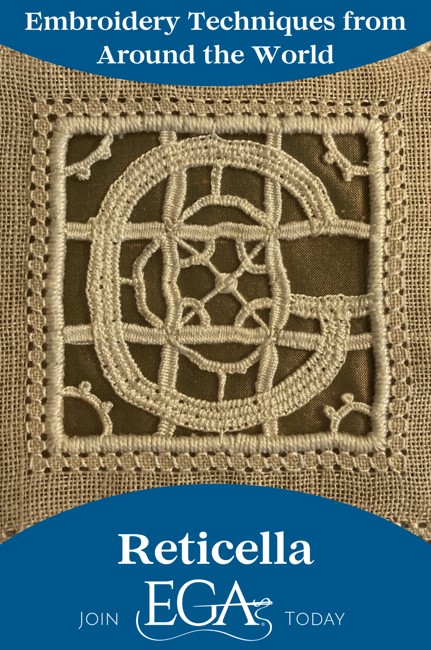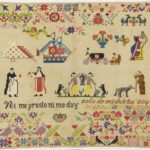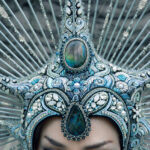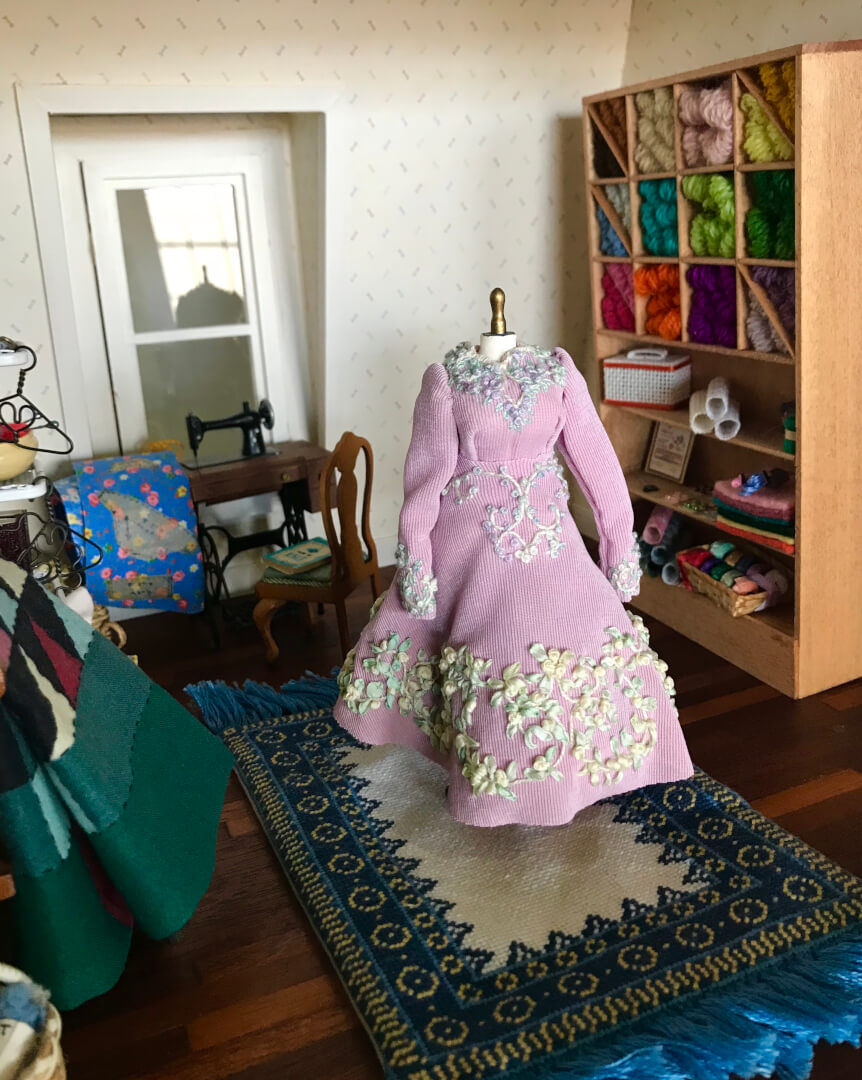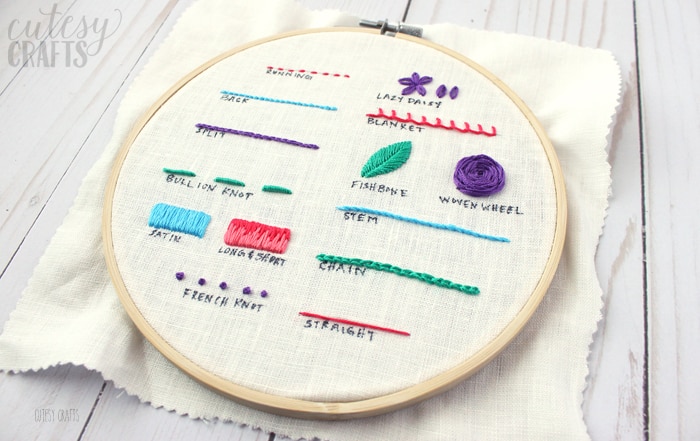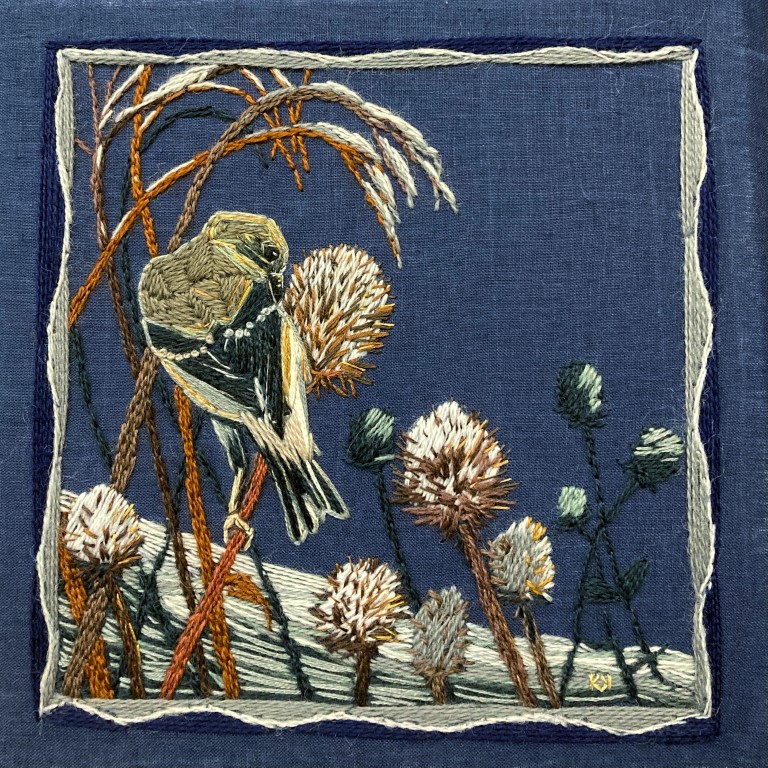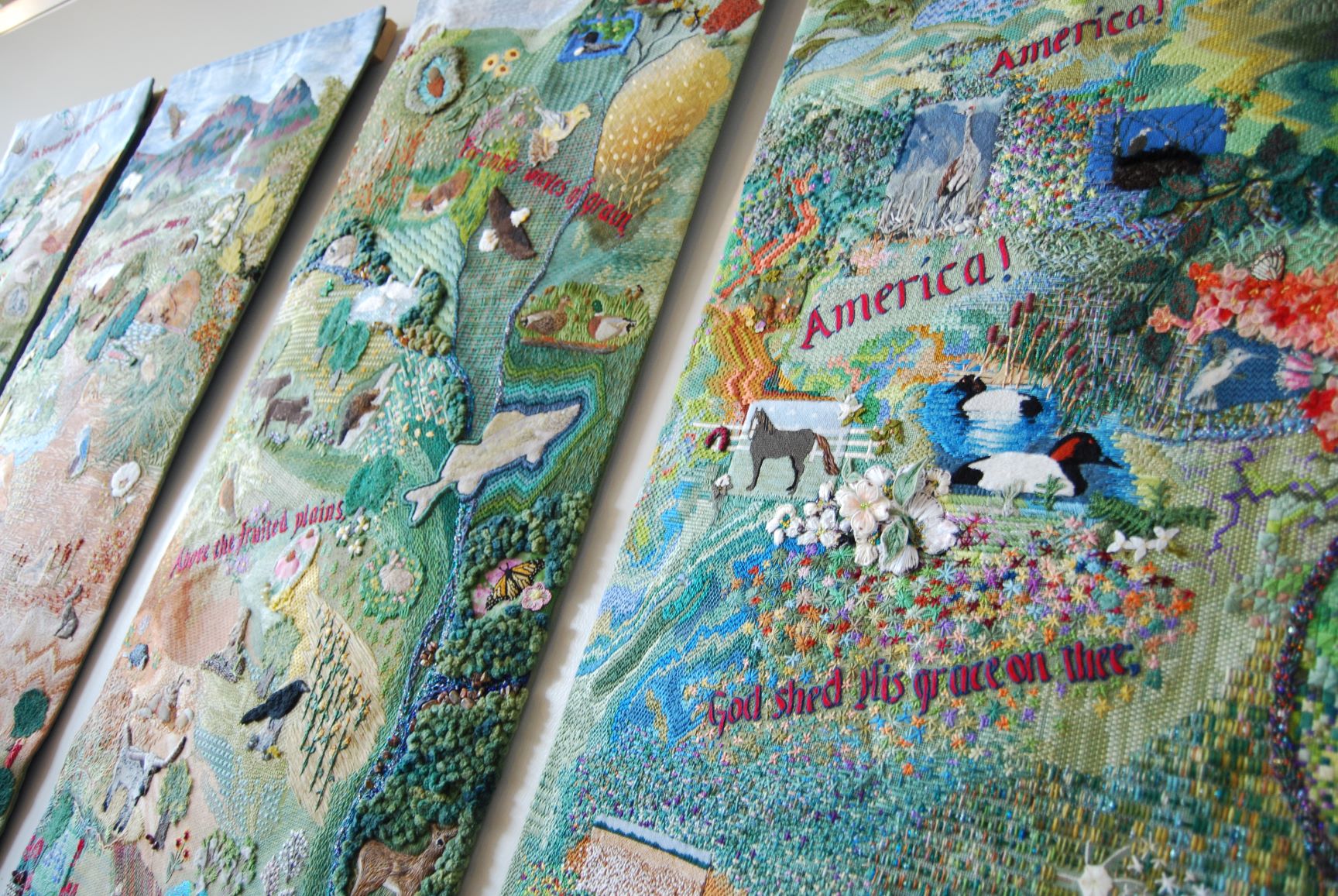
Technique: Reticella
Place of Origin: Italy
Earliest known date: late 15th century
History: Reticella (or Reticello, Italian for little net) is a style of needle lace that arose in the medieval period of the late 1400s. Reticella has a place within the evolution of cutwork embroidery; it is believed to have been the descendant of Punto Tagliato, and the ancestor of Punto in Aria.

Rijksmuseum Amsterdam, BK-14612.
The word “reticello” first appeared in the 1591 book Corona delle nobili et virtuose donne (Crown of noble and virtuous women) by Cesare Vecellio. Reticella embroidery featured in royal wardrobes of the time. Queen Elizabeth I’s wardrobe accounts include chemises, cuffs, collars, neck ruffs, and other edgings and borders with reticella embroidery.
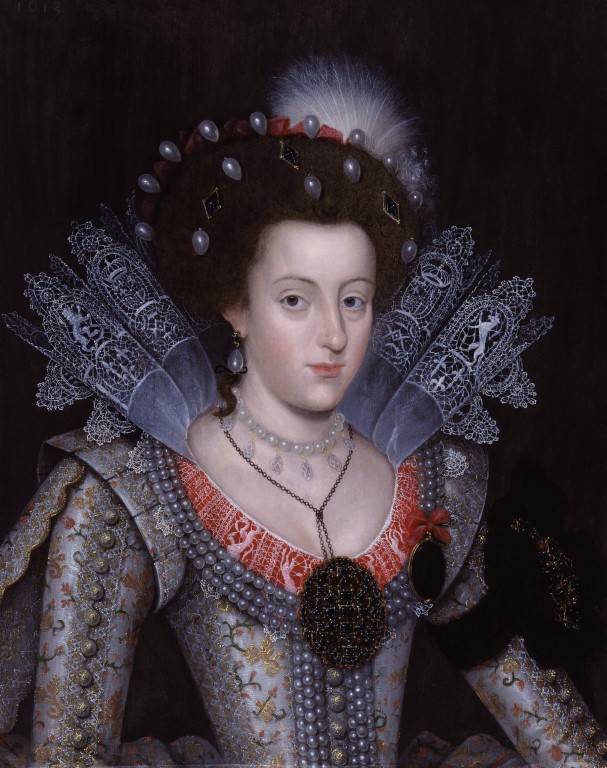
Materials: Reticella embroidery was traditionally worked on white linen ground cloth using white linen thread. Today, embroiderers may also opt for cotton cloth and cotton or wool thread. Given the predominance of white materials and process for preparing the fabric, reticella can be considered a whitework, cutwork, and drawn thread technique.

Techniques: To create reticella needle lace, embroiderers would remove squares from linen ground cloth, leaving warp and weft threads or adding threads or cording to create a structural outline on which designs could be stitched. Today, embroiderers usually outline the squares that will be cut away with running stitch, then cut away the reinforced area, leaving some warp and weft threads to act as cross bars on which the embroidery designs will be worked. Satin stitch or four-sided stitch may be added to the edges to reinforce the work. Additional bars—diagonal, horizontal, and vertical—can be added as the design comes together, with the stitcher creating braid frames for laying down and supporting the stitchwork.

Stitches: Buttonhole stitch is the most common stitch in reticella. However, reticello designs may also feature other decorative stitches like four-sided stitch, woven bars (brides), bullion picot, satin stitch, and needle weaving.
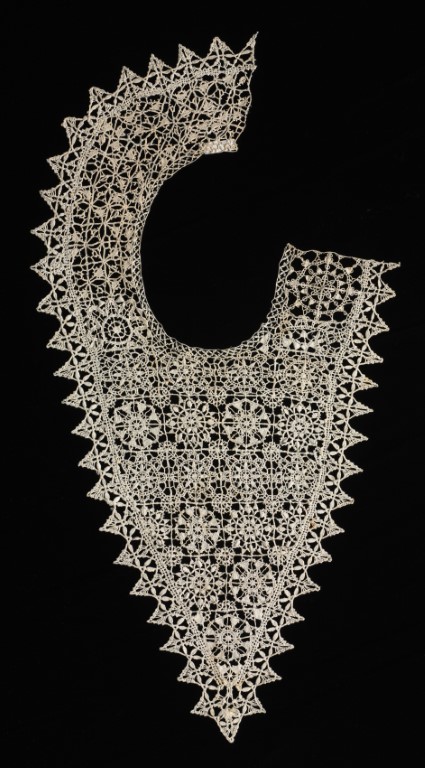
Motifs: Reticella designs are abstract by nature, and often geometric or floral. Star-like shapes, rosettes, leaves, crosses, vines, swirls, triangles, squares, and circles feature in many reticella designs.
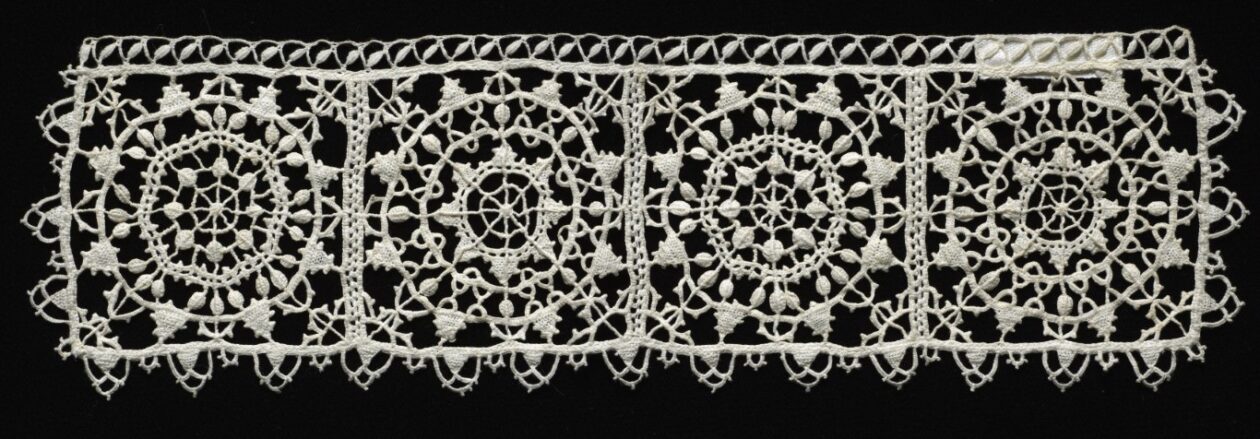
Are you interested in learning more about Reticella and other cutwork and drawn thread techniques? Explore the Group Correspondence Courses Reticello Needlebook with Jonalene Gutwein, Fandango with Barbara Kershaw, and Symphony with Barbara Kershaw.
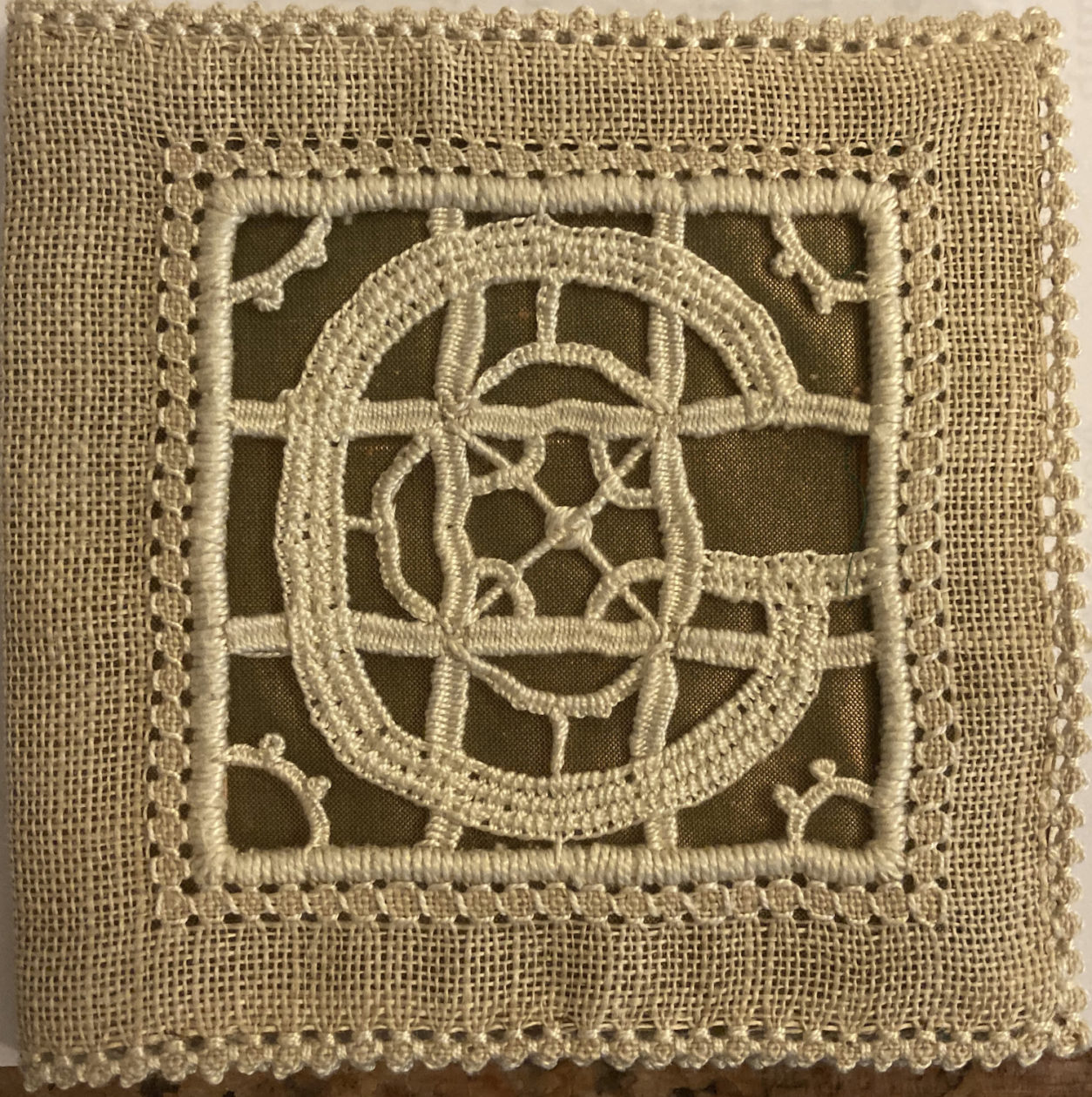
Sources
Reticella. In Wikipedia. https://en.wikipedia.org/wiki/Reticella
Pagano, M. (2020). Simply Elegant: Pagano’s Early Reticella Lace Designs, 1544-1554, Venice. James G. Collins & Associates.
(n.d.). Reticella Sampler by Christine P. Bishop. Inspirations Studio. https://www.inspirationsstudios.com/news/article/reticella-sampler-by-christine-p-bishop
(n.d.). Cutwork. RSN Stitchbank. https://rsnstitchbank.org/technique/cutwork
De la Bere, S. (n.d.). Reticella: A walk through the beginnings of Lace. Bayrose. http://bayrose.org/AandS/handouts/reticella_rev.pdf
De la Bere, S. (n.d.). Reticella. TRC Leiden. https://trc-leiden.nl/trc-needles/techniques/lace-making/reticella
De la Bere, S. (n.d.). Different Styles of Reticello. Italian Needlework. https://italian-needlework.blogspot.com/2010/06/different-styles-of-reticello-part-one.html
